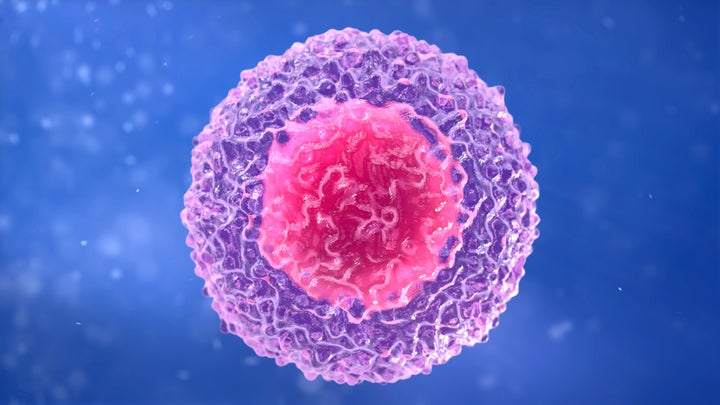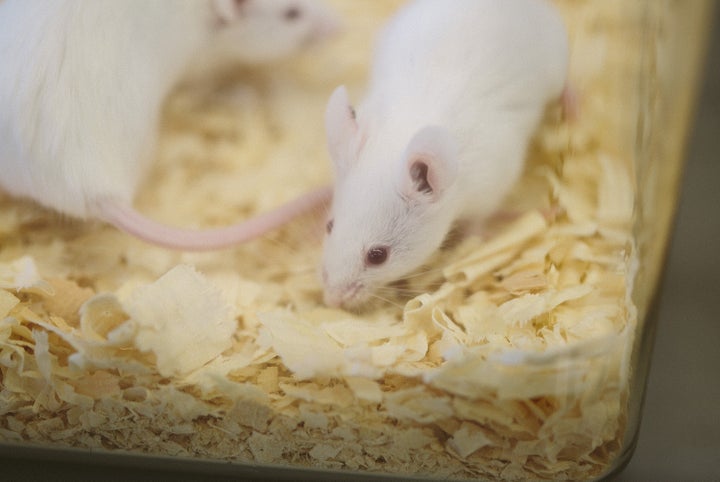Scientists are on the hunt for a very special group of humans which they believe could hold the key to curing one of the deadliest forms of cancer.
The multi-million pound research project is aimed at finding humans versions of a cancer-immune ‘supermouse’ that was discovered with an astonishing ability to shrug off even the most aggressive cancers.

They believe that by finding these people and then using their white blood cells they can hopefully create a cure within the next five years.
The disease has one of the highest fatality rates of any cancer, with only 3.3% of patients surviving five years after diagnosis.
With adequate funding the team hopes to launch a first clinical trial as early as next year.
Alex Blyth, chief executive of LIfT BioSciences, the British biotech company pioneering the treatment in partnership with King’s College London, said: “This could be game-changing.
“It’s a cell therapy, essentially taking cells from people who have a high-functioning innate immune system and transferring them to people with a lower level of cancer-killing activity.
“On average, cancer patients have much lower activity in their granulocytes, a family of white blood cells that has consistently been overlooked. It wasn’t even recognised that they killed cancer cells until recently.”
Mr Blyth, whose mother died from pancreatic cancer in 2014, added: “Currently 97% of patients with pancreatic cancer today will be dead in five years, and that hasn’t really changed in 40 years.
“It’s a tragedy. That’s why we’ve made it our number one priority.”
Early research indicates that the same approach could work for other solid cancers, such as those affecting the prostate, breast and bladder.
The project developed from the discovery in 1999 of a mutant mouse with an almost miraculous ability to ward off aggressive cancers.
Scientists at Wake Forest University in the US found that the “supermouse” passed on its cancer-beating powers to 40% of its offspring. When white blood cells from these mice were injected to normal mice, they too became cancer-resistant.
It was a surprise because the cells formed part of the innate, not adaptive, immune system. They were “granulocytes” - basic cleaners that mop up invaders by engulfing them.
At the time the cells, which include a large group called neutrophils, were only thought to be effective against bacteria and fungal organisms.
Later it was discovered that some humans - a fraction of the population - also possessed super-active anti-cancer immune cells.

In mouse experiments, their cells, boosted in the laboratory by a secret process, eliminated 100% of prostate and sarcoma cancers, which grow in bone and soft tissues.
Later this year the LIfT (leukocyte infusion therapy) team plans to begin the hunt for people with cancer-killing granulocytes and test their cells using techniques which are still being developed.
The starting point will be to seek young individuals with no history of cancer in their immediate family.
If the work progresses as hoped, around 20 trial patients will be recruited to receive weekly injections of cells for around five or six weeks while they are carefully monitored.
Ultimately, the goal is to create a cell bank that can be used to treat or even cure cancer. Another part of the project aims to produce “immortalised” cell lines that can be grown continuously in the laboratory.
One question the scientists want to answer is precisely how many super-active cancer killers there are in the general population. The proportion is likely to vary according to the type of cancer, but they could be as rare as one in 1,000 or even one in 10,000.
How the super-active granulocytes kill tumour cells is also under investigation. Besides engulfing foreign bodies, neutrophils also release signalling molecules. One possibility is that the super-active cells instruct the patient’s own immune system to join the fight.
“Potentially, they could reactivate the immune system, but admittedly this is very speculative at present,” said Mr Blyth.